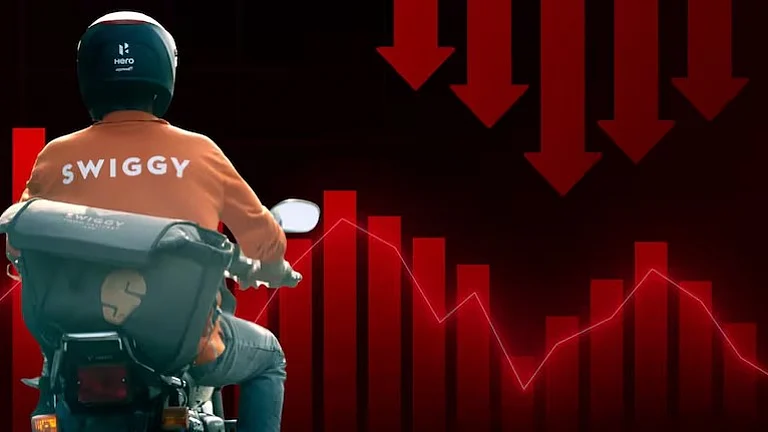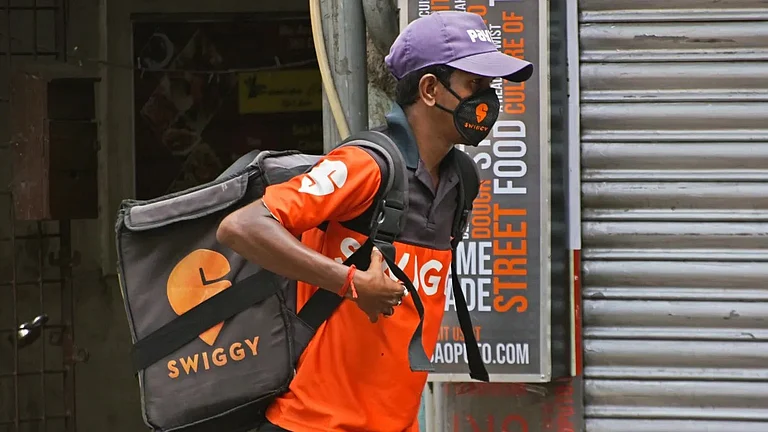Food delivery platform Swiggy has reduced its adjusted EBITDA loss by 30% in calendar year 2024 to $182 million, down from $261 million the year before, as per data revealed by key investor Prosus. This shows the company’s improved financial performance despite increased spending on its quick commerce arm, Instamart.
The Gross Order Value (GOV) also increased 29% on-year, driven by steady growth in food delivery and aggressive expansion in grocery, the investor said as quoted by MoneyControl. The foodtech is beginning to experience the initial benefits of operating leverage, even as it maintains a strong focus on growth.
In the first quarter of FY25, the company sustained its positive trajectory, with Gross Order Value (GOV) rising nearly 40% year-on-year, driven by an 18% increase in food delivery and a remarkable 101% surge in quick commerce, the report said.
Swiggy’s food delivery business turned contribution positive in Q1 FY25, posting an adjusted EBITDA margin of 2.9% over GMV. In contrast, its quick commerce arm, Instamart, saw its highest losses to date with a margin of -18%, driven by the addition of 316 new dark stores during the quarter.
Prosus stated that this period represented the peak investment phase for Instamart, which Swiggy expects to bring to contribution breakeven within the next three to five quarters.
It is pertinent to note that Prosus first invested in Swiggy in 017. During the IPO, the invetor sold over 109 million shares and now holds 24.8% of the company on a fully diluted basis. It still accounts for Swiggy as an associate investor.
Swiggy on Morgan Stanley's 'Overweight' List
Global investment firm Morgan Stanley has recently initiated coverage on Swiggy with an 'overweight' rating, reflecting bullishness over the company’s growth trajectory. The firm has set a price target of ₹405, nudging past Swiggy’s IPO price of ₹390, and hinting at a promising 22% upside from the last traded level.
Morgan Stanley’s upbeat stance isn’t without reason. At the heart of its optimism lie three key pillars, with the most significant being Swiggy’s steadily improving performance in food delivery. It's worth noting that the company outpaced its arch-rival Zomato in the food-delivery segment during the March quarter, a sign that it’s gaining ground.
Analysts also believe Swiggy’s sharper execution could help it close the margin gap with Zomato shortly. Looking ahead, if Swiggy manages to hold its market share, the total addressable market for food delivery in India could balloon to a staggering $57 billion by 2030, the firm projected.
It has even assigned a multiple of 25 times FY28 adjusted Ebitda to Swiggy’s food delivery business, slightly more conservative than Zomato’s, which stands around 5% higher. Still, for investors betting on execution, scale, and sectoral tailwinds, Swiggy might just have the recipe for a rewarding long-term play.

































